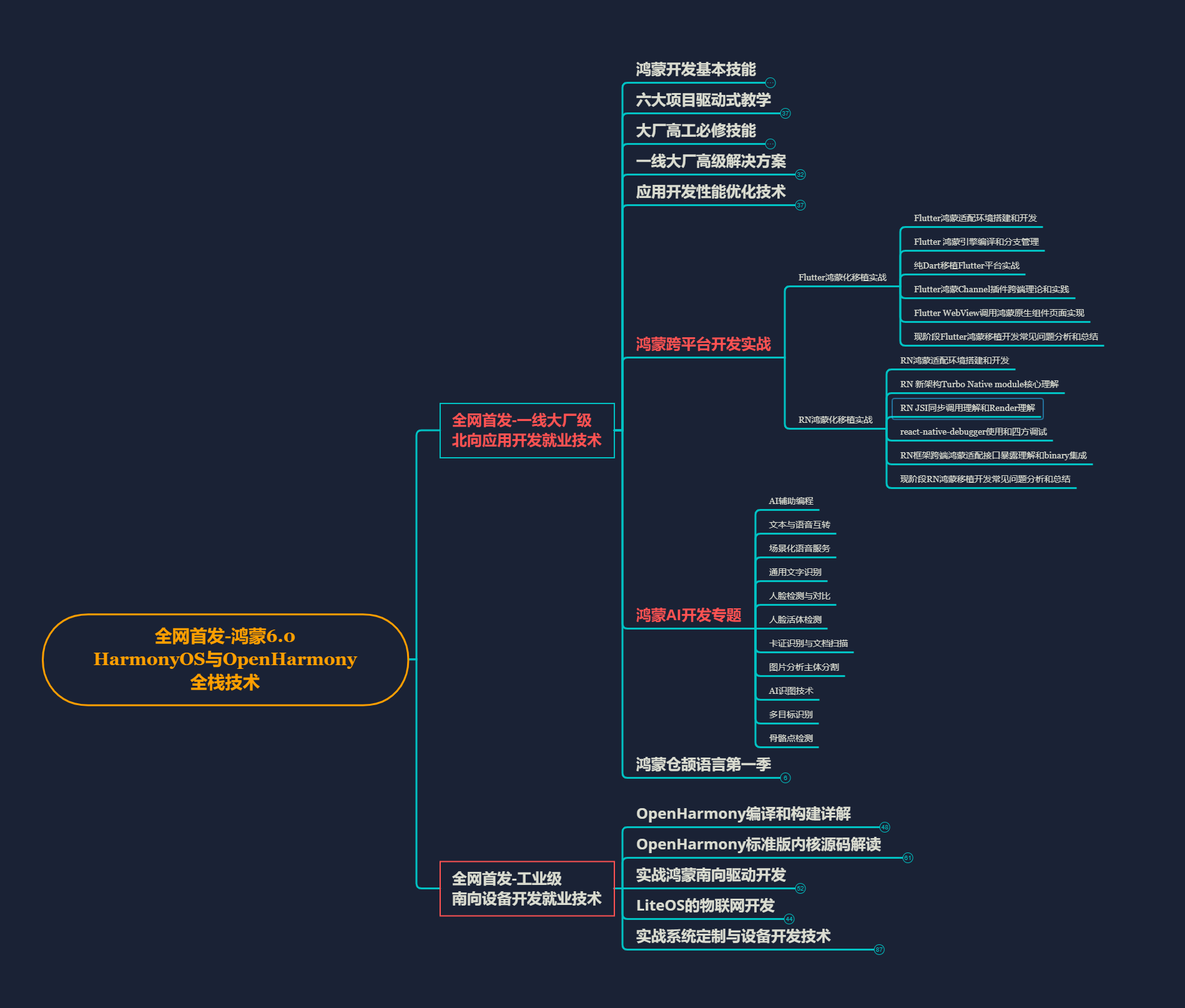场景说明:
我们经常在ArkTS与C++之间相互传递参数,那么具体该如何传呢?下面介绍了几个常用的场景:
场景一: string 类型传递
调用接口:
napi_get_value_string_utf8
实现能力:
通过 napi_get_value_string_utf8 获取字符串长度,然后根据长度将从 ArkTS 侧传过来的 napi_value 转换成字符串。
注意:C++里字符串结尾是\0,所以转换成字符串时长度为stringSize + 1。
核心代码解释
Index.ets文件向C++层传递string数据。
let str:string = 'hello!';
testNapi.putString(str);将value转成字符串返回,注意C++里字符串结尾是\0,所以转换成字符串时长度为stringSize + 1。
static std::string value2String(napi_env env, napi_value value) {
size_t stringSize = 0;
napi_get_value_string_utf8(env, value, nullptr, 0, &stringSize); // 获取字符串长度
std::string valueString;
valueString.resize(stringSize + 1);
napi_get_value_string_utf8(env, value, &valueString[0], stringSize + 1, &stringSize); // 根据长度传换成字符串
return valueString;
}C++层获取string数据。
static napi_value ts_putString(napi_env env, napi_callback_info info){
size_t argc = 1;
napi_value args[1] = {nullptr};
napi_get_cb_info(env, info, &argc, args, nullptr, nullptr);
napi_value str = args[0];//args[0]->string
std::string stringValue = value2String(env, str);//将 str 转换成 string 类型
OH_LOG_Print(LOG_APP, LOG_INFO, LOG_DOMAIN, LOG_TAG, "ts_putString str = %{public}s", stringValue.c_str());
return nullptr;
}实现效果

DD一下:在探索鸿蒙系统的学习过程中,不少人都曾遇到过各种棘手问题。小编结合自身学习与实践经历,将容易踩坑的环节和对应的解决思路整理成攻略,希望这些经验分享能为同样在学习鸿蒙的伙伴们提供一些参考和帮助:
请移步前往小编:鸿蒙全栈开发学习指南
1.鸿蒙全栈开发学习路线
2.OpenHarmony开发基础
3.OpenHarmony北向开发环境搭建
4.鸿蒙南向开发环境的搭建
5.鸿蒙生态应用开发白皮书V2.0 & V3.0
6.鸿蒙开发面试真题(含参考答案)
7.TypeScript入门学习手册
8.OpenHarmony 经典面试题(含参考答案)
9.OpenHarmony设备开发入门【最新版】
10.沉浸式剖析OpenHarmony源代码
11.系统定制指南
12.【OpenHarmony】Uboot 驱动加载流程
13.OpenHarmony构建系统--GN与子系统、部件、模块详解
14.ohos开机init启动流程
15.鸿蒙版性能优化指南
......场景二:arraybuffer类型的传递
调用接口:
- ArkTS传递给C++,解析ArrayBuffer
napi_get_typedarray_info、napi_get_arraybuffer_info
- C++传递给ArkTS,构建ArrayBuffer
napi_create_arraybuffer、napi_create_typedarray
实现能力:
实现了 ArkTS 与 Native C++ 之间相互传递 arraybuffer。
Native C++ 侧接受传入的 ArkTS Array,通过 napi_get_typedarray_info 将获取到的数据传入数组 typedarray 生成 input_buffer ,然后通过 napi_get_arraybuffer_info 获取数






 最低0.47元/天 解锁文章
最低0.47元/天 解锁文章

















 241
241

 被折叠的 条评论
为什么被折叠?
被折叠的 条评论
为什么被折叠?








